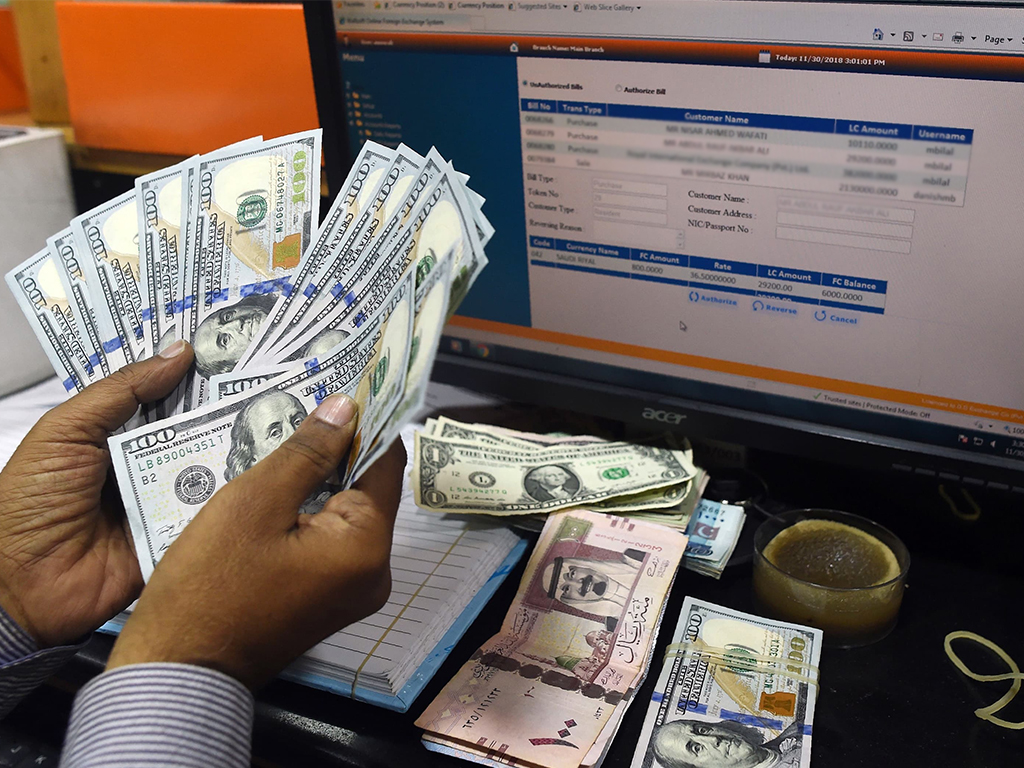Remittances: recovery uncertain

Against the dreary expectations as the coronavirus pandemic eats lives and livelihoods, remittance to Pakistan fared well in April 2020 - especially after Bangladesh’s remittances declined by 25 percent year-on-year during the same month. Inbound remittances remained flattish in April 2020 on a year-on-year basis, taking the total 10MFY20 tally up by 5.5 percent.

Much of the growth in 10MFY20 remittance inflows came from USA (21% YoY) while – April 2020 particularly saw a jump of over 54 percent year-on-year in inflows from expatriates in USA, which is largely being linked to higher donations and zakaat transfers in the ongoing holy month of Ramzan as well as the coronavirus pandemic. On the other hand, inflows from overseas Pakistanis in Saudi Arabia, the largest corridor and other GCC countries remained modest.

This is also reflective of the view that more than the threat from COVID-19, the remittance growth in Pakistan will be driven by the situation in the oil producing countries where most expats reside - hence the oil prices. And if oil prices recover, May 2020 could still be better in terms of remittances as the key corridors like Saudi Arabia and UAE have eased lockdowns and reopened many remittance service providers (RSPs).

However, this does not mean that the threat from COVID-19 is not significant. Month-on-month decline in remittances in April 2020 stood at 5.5 percent. Also, a latest survey conducted by International Association of Money Transfer Network (IAMTN) on COVID-19 crisis on migrants and remittances shows that 71 percent of the migrants are finding it difficult to send remittance due to limited access during lockdowns across the world. The survey also shows that Pakistan is among the most affected by inbound remittance changes (particularly from limited access) in South Asia, East Asia and Pacific region. The survey is based on over 150 remittance service providers across 30+ countries.

World Bank has also predicted sharpest decline in remittances in recent history – 20 percent globally and around 22 percent in South Asia. The slowing down in remittances to the South Asian region in 2020 will be due to global economic slowdown due to the coronavirus outbreak as well as oil price declines, the WB Policy Brief points out. Pakistan is expected to feel the heat more as remittances are equivalent to 7.9 percent of GDP versus 2.8 and 5.8 percent in India and Bangladesh. The deceleration in remittances to the South Asian region in 2020 is driven by the global economic slowdown due to the coronavirus outbreak as well as oil price declines.

A recent PIDE Bulletin also points out that the collapse of the oil prices, tourism and full or partial lockdown are the three main channels through which COVID-19 has affected the GCC economies. It predicts formal remittances to decline from 9-14 percent the FY20. Then there are informal remittances that constitute around 40percent of the total remittances, which the bulletin expects to decline by 50percent in FY21 on account of restrictions on cross border movement of migrant workers amid flight operation suspension.
























Comments
Comments are closed.